Your Complete Guide to Attracting Bluebirds (and Keeping Them Safe)
I’ll never forget the first time I saw one. It was just this flash of impossible, electric blue against a drab winter sky. That one moment kicked off a lifelong fascination for me. Since then, I’ve put up and looked after more nest boxes than I can count, from a single box in a backyard to full-on conservation trails. And I’ve learned what works, what’s a waste of time, and why.
In this article
Getting bluebirds to move in isn’t about luck. It’s about understanding what they need and providing it with real care. Honestly, it’s a commitment. But the feeling of watching a family of bluebirds fledge from a box you set up? Absolutely nothing beats it.
This guide is all about the practical, real-world knowledge I’ve picked up along the way. We’re not just going to talk about hanging up a pretty birdhouse. We’re going to get into the nitty-gritty of making a safe home for them and—this is the tough part—protecting them once they arrive. This is how you create a spot where bluebirds don’t just visit, but actually thrive.

First, Think Like a Bluebird
Before you even think about buying a box or a single mealworm, you have to get inside the bird’s head. Across North America, we have a few different species, but their basic needs are pretty much the same. Here’s the single most important thing to know: they are “secondary cavity nesters.”
What does that mean? It means they can’t make their own nests from scratch. They’re renters, not builders. They rely on old woodpecker holes or hollowed-out branches. In our neat and tidy modern landscapes, those natural homes are incredibly rare. And that’s why a well-placed nest box is so powerful. You’re basically offering up prime real estate in a tough housing market.
Their diet is the other big clue to their behavior. During the spring and summer nesting season, bluebirds are all about insects. They need a ton of protein to feed their hungry babies. You’ll see them perched on a low fence post, just scanning the ground for a grasshopper or beetle to snatch up. This hunting style means they need open, grassy areas. They can’t hunt in a dense forest or a yard full of thick, overgrown shrubs.
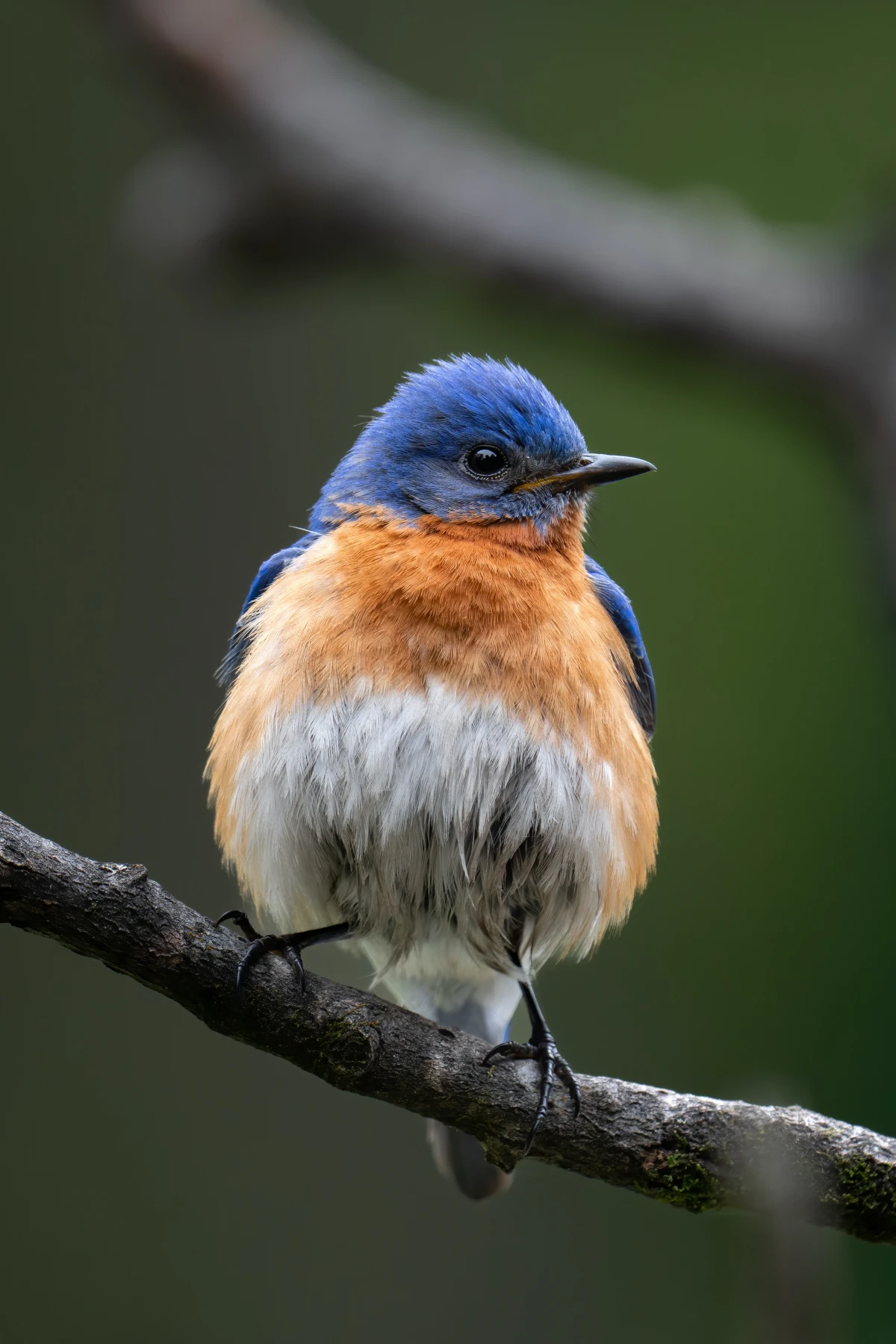
Then, in the fall and winter, their diet flips. As insects disappear, they switch to fruits and berries. Things like sumac, holly, and dogwood provide the high-energy fuel they need to survive the cold. A yard that has both open lawn for bug-hunting and berry bushes for the winter becomes a five-star, year-round resort for them.
The Nest Box: This Isn’t a Decoration
Let’s get one thing straight right away. That cute little birdhouse you saw at the craft store is NOT a bluebird box. In fact, most of them are death traps. They’re often the wrong size, made from flimsy materials, and have features that are actively dangerous to birds.
A proper nest box is a piece of conservation equipment. It’s designed for one job: helping bluebirds safely raise a family. Here’s what makes a box safe versus what makes it deadly.
A deadly decorative birdhouse often has thin wood that gets way too hot, a dark paint color that bakes the nestlings, and a hole that’s too big, letting aggressive birds move in. Worst of all, it almost always has that little perch under the hole. It looks cute, but it’s a handle for predators like raccoons to grab onto while they raid the nest. If you see a box with a perch, it’s a hard pass.

A safe, effective bluebird box is built differently on purpose. The experts at conservation groups have figured out the exact specifications that work best, and they are non-negotiable for success and safety.
- Material & Cost: You want a box made from untreated wood like cedar or pine that’s at least ¾-inch thick for good insulation. Never use pressure-treated wood (toxic fumes!) or plastic (it can overheat). A well-made cedar box will typically cost between $30 and $50. You can also find kits online for a bit less if you’re handy.
- The Entrance Hole: This is critical. For Eastern Bluebirds, the hole must be exactly 1 ½ inches in diameter. For the slightly larger Western and Mountain Bluebirds, it’s 1 9/16 inches. Even an extra ⅛ of an inch is enough to let a destructive European Starling get in and destroy the nest.
- No Perch, Ever: I’ll say it again. A perch is a welcome mat for predators and bullies like House Sparrows. Bluebirds don’t need it to get in. If you buy a box with one, saw it off immediately.
- Interior Design: The inside walls should be rough, or have little grooves (called kerfs) cut below the entrance. This gives the fledglings something to grip onto when it’s time to climb out into the big wide world.
- Good Bones: Look for a floor size of around 4×4 or 5×5 inches. The distance from the floor to the bottom of the entrance hole should be 5 to 8 inches—deep enough to keep a raccoon’s paws away from the babies.
- Climate Control: A good box will have ventilation slots at the top of the sides to let hot air escape and drainage holes in the floor to keep the nest from getting waterlogged and chilling the eggs.
- Easy Access (for You): The box absolutely must have a side or front panel that opens. This is for you to monitor the nest and, crucially, to clean it out after the family leaves.
Early on, I used a box design with a simple lid on top. Big mistake. A raccoon pried it open in minutes. That painful lesson taught me to only use boxes with a secure, side-opening door. The details really do matter.
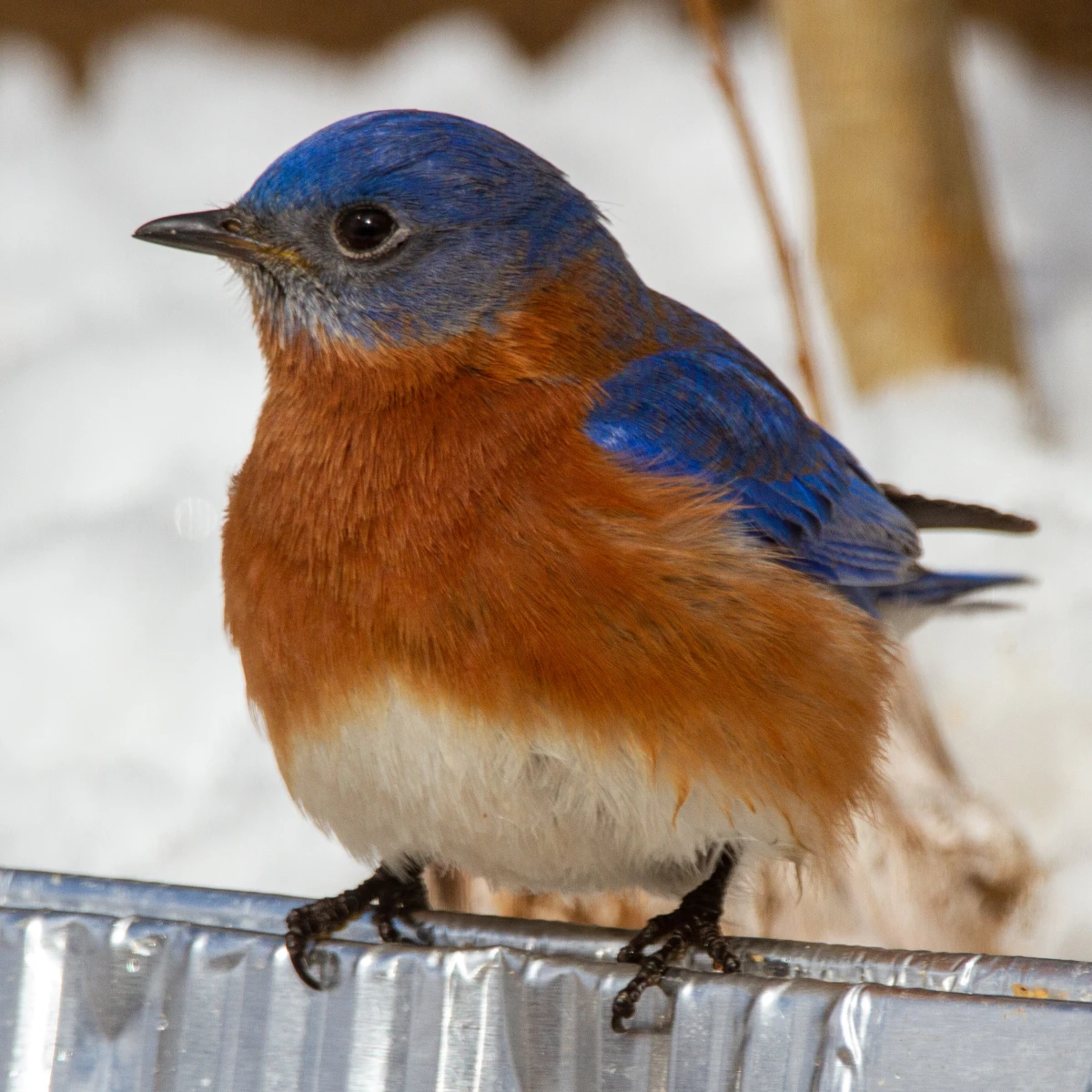
Location, Location, Location: Placing Your Box for Success
You can have the best nest box in the world, but if you stick it in the wrong spot, the bluebirds will just ignore it. They are picky about their neighborhood!
They’re looking for a home in an open, sunny area with low-cut grass and a few scattered trees. Think about their hunting style—they need that clear view of the ground. The edge of a lawn, a pasture, or even a quiet corner of a cemetery or golf course can be perfect.
Oh yeah, and keep it away from areas with thick, dense bushes right next to the box. That’s just hiding cover for predators, especially house cats.
Here’s my go-to checklist for setting up a box:
- Get It on a Pole: Mount your box on a smooth metal pole, like electrical conduit. You can grab a 10-foot section from a hardware store for about $20. Whatever you do, DO NOT mount it on a tree or a wooden fence post. Those are basically ladders for raccoons, snakes, and other climbers.
- Add a Baffle (Not Optional!): This is your most important predator-proofing tool. An 8-inch diameter, 24-inch long stovepipe-style baffle mounted on the pole under the box is the gold standard. It’ll run you about $25-$30, and it’s worth every penny. It should wobble a bit, making it impossible for critters to get a grip.
- Pro Tip: I learned this the hard way after a friend lost a nest. The TOP of your baffle needs to be at least 4 feet off the ground. Any lower, and a big raccoon can just stand on its hind legs and reach right over it.
- Mounting Height: The entrance hole of the box itself should be about 5 feet from the ground. This is a comfortable height for you to monitor without needing a ladder.
- Which Way to Face? If you can, face the entrance hole away from your region’s prevailing winds and the brutal afternoon sun. For many of us, that means facing east or southeast. It’s also a great idea to point it towards a tree or large shrub that’s about 50 to 100 feet away. This gives the fledglings a safe, obvious target for their very first flight.
- Give Them Space: Bluebirds are territorial. Don’t place boxes closer than 100 yards (about 300 feet) apart. If you do, one pair will just claim both, and the second box will sit empty. A little trick, though: you can sometimes
Galerie d’inspiration
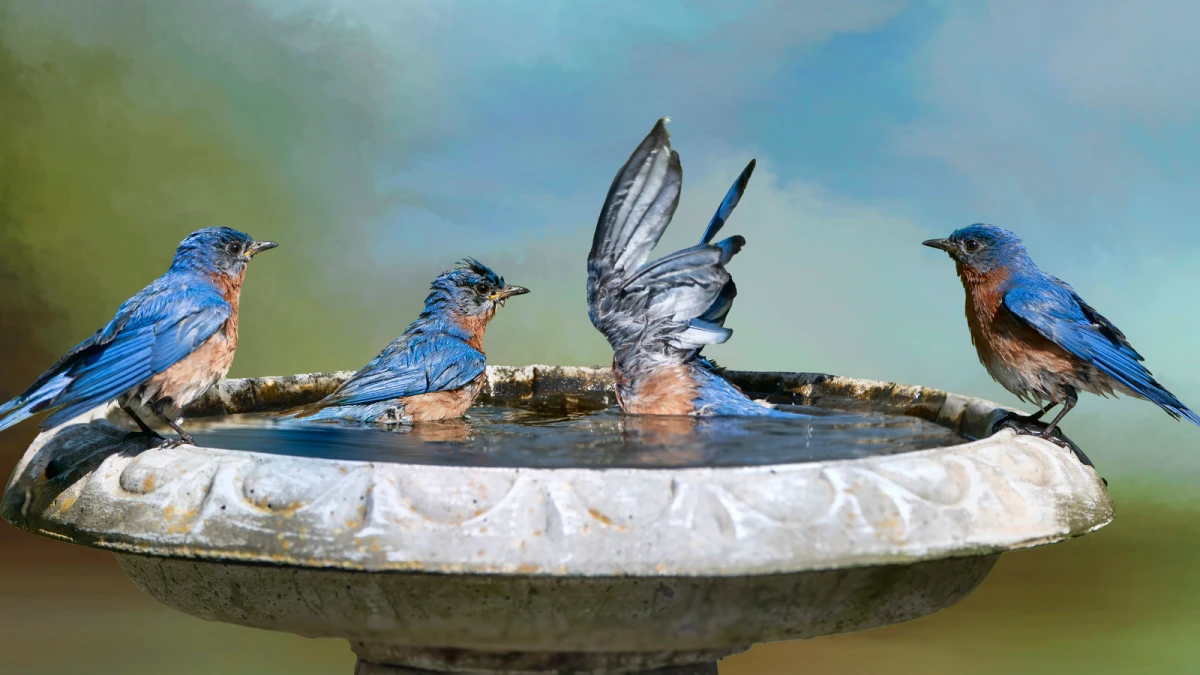
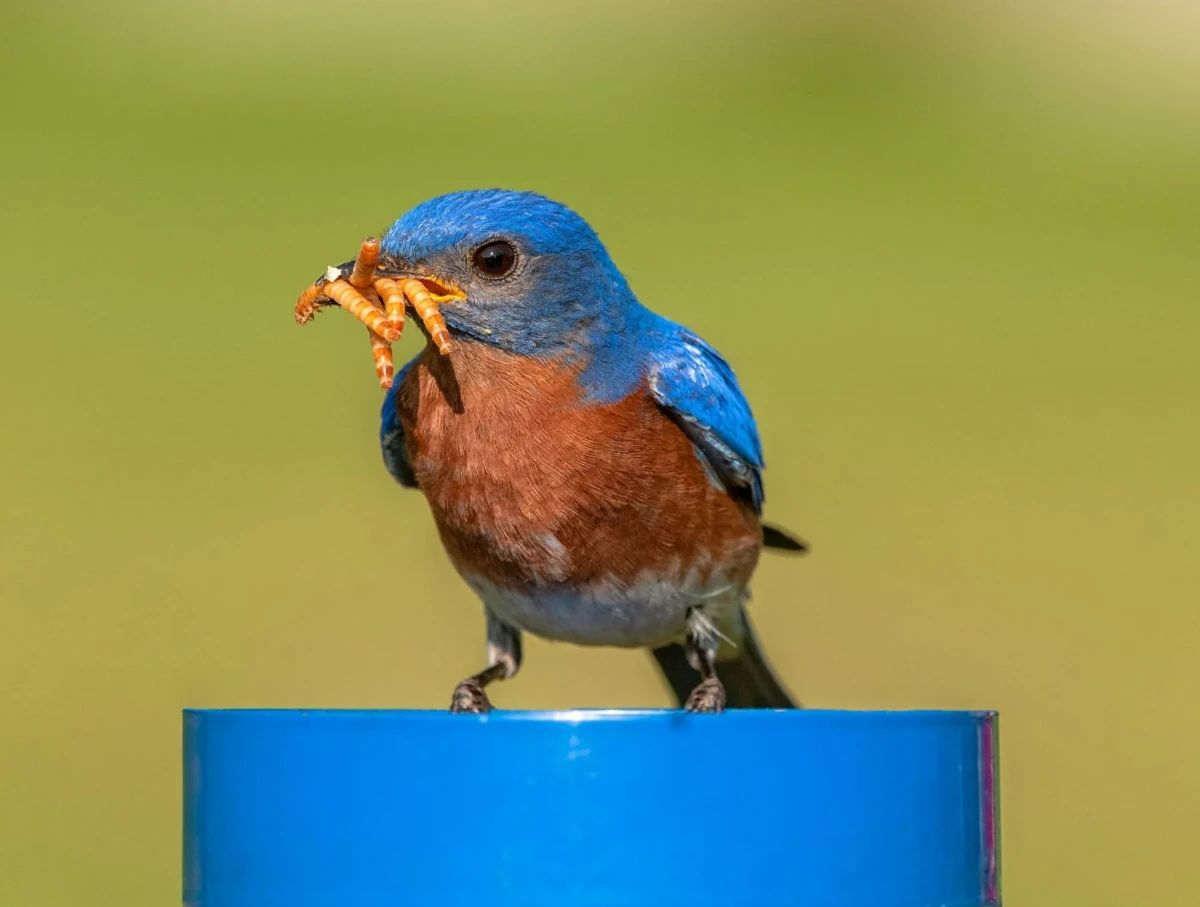
Untreated Cedar: The classic, natural choice. Cedar is weather-resistant, provides excellent insulation against both heat and cold, and its rough texture helps fledglings get a good grip when it’s time to leave the nest.
Recycled Plastic (Poly-lumber): A modern, long-lasting alternative. These boxes, like those from brands like Duncraft or Birds Choice, are incredibly durable, won’t rot or crack, and are very easy to clean. However, they can get hotter in direct sun, so placement is key.
Both are great options, but cedar offers a more traditional, breathable home.
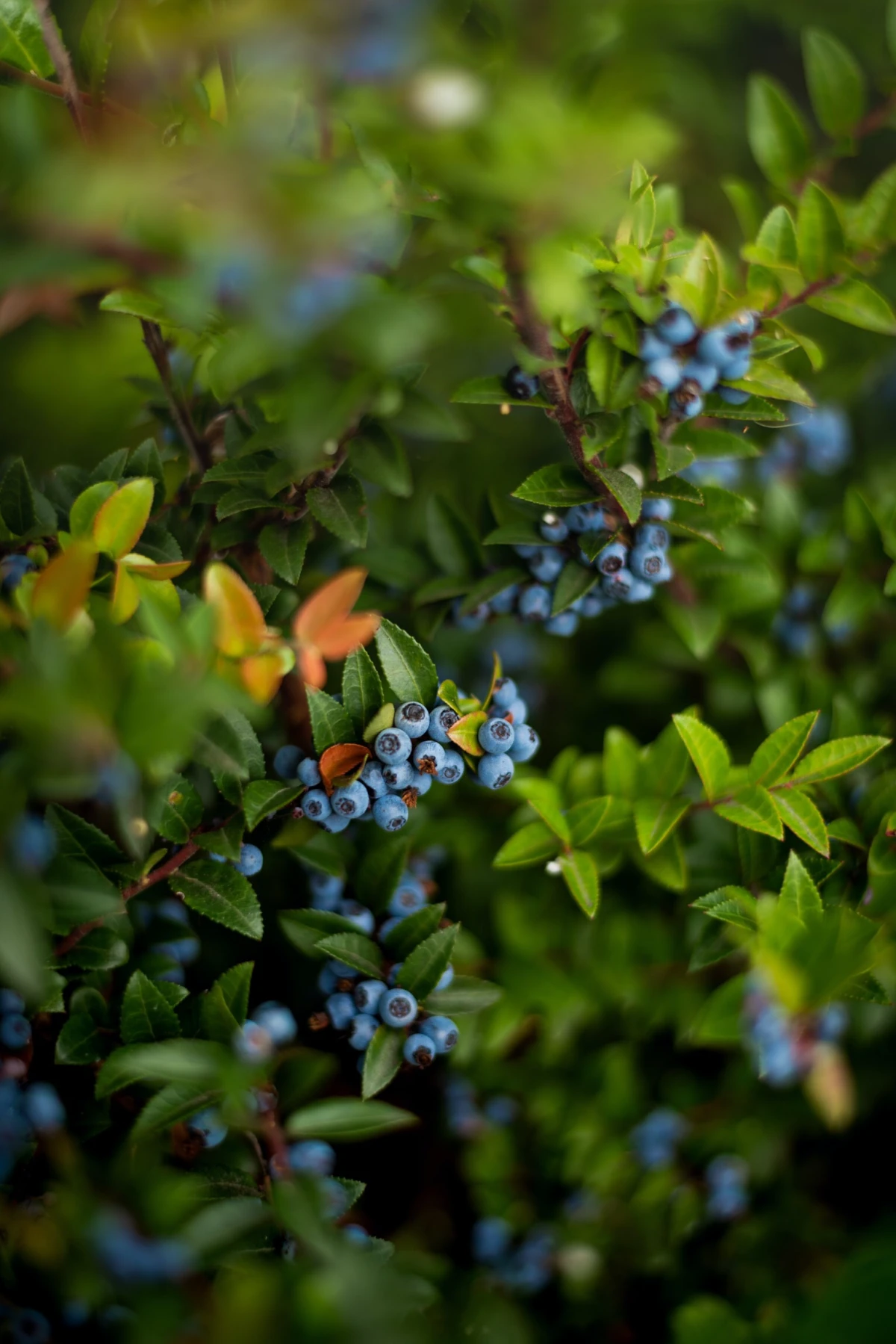
A single family of bluebirds can consume thousands of insects during the nesting season.
This voracious appetite makes them incredible partners in natural pest control. By attracting bluebirds, you’re not just gaining a beautiful neighbor; you’re recruiting a dedicated team to help manage grasshoppers, crickets, and beetles in your yard, reducing the need for chemical pesticides.
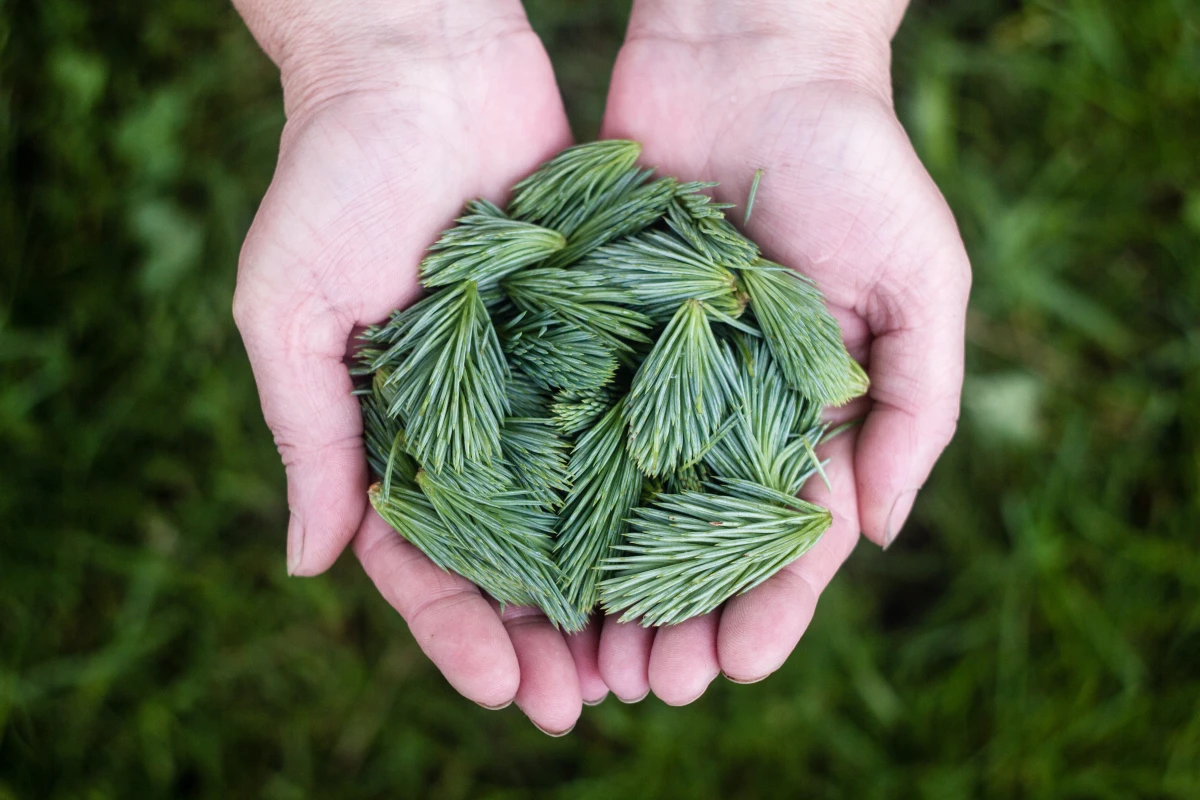
When should I offer mealworms?
While bluebirds are skilled hunters, offering supplemental mealworms can make a huge difference, especially during challenging times. Start offering them in early spring to attract prospecting pairs to your yard. Continue through nesting season, as a readily available food source reduces stress on the parents. A sudden cold snap or several days of rain can make insect hunting difficult, and your feeder—like a Coveside Pet’s mealworm feeder—can be a literal lifesaver for the young chicks.
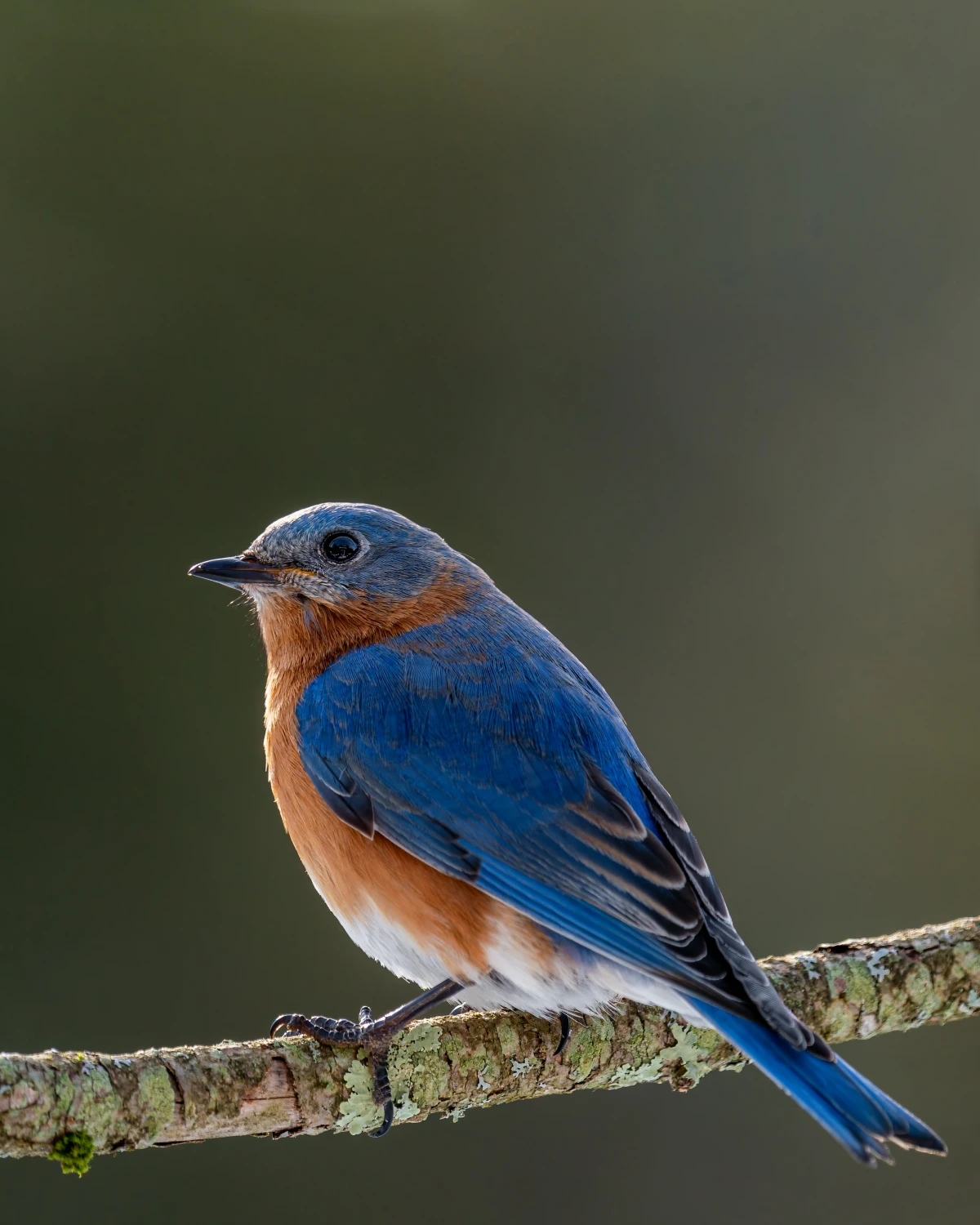
- Create a safe haven, not an invitation for predators.
- Ensure easy access for monitoring and cleaning.
- Provide a year-round resource for shelter and food.
The secret? A well-planned landscape. Beyond the box, think in layers. Plant native berry-producing shrubs like Staghorn Sumac and Winterberry for winter food. Leave a patch of lawn unmowed for better insect hunting. And place the nest box with a clear flight path, away from dense trees where hawks might perch.
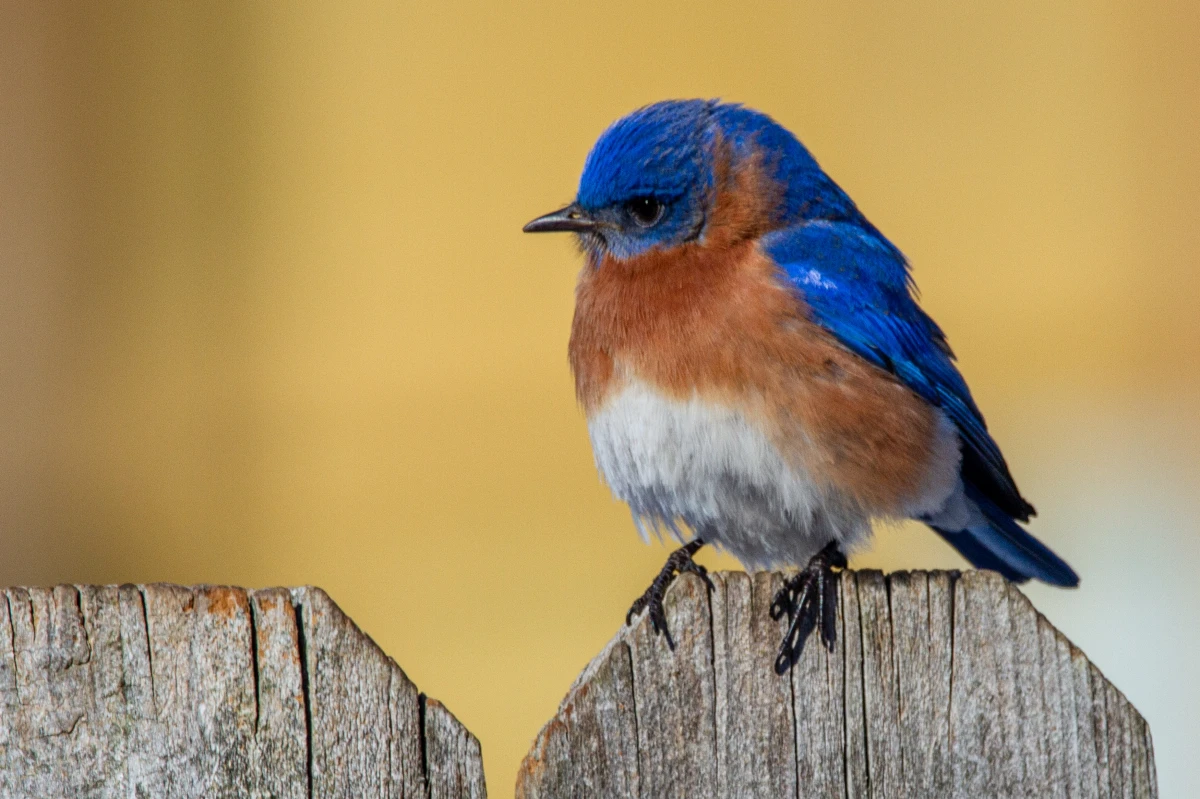
A crucial safety rule: Never buy or build a bluebird box with a perch below the entrance hole. Bluebirds don’t need it—they can easily cling to the entrance. A perch only serves as a convenient handle for predators like house sparrows, starlings, and raccoons to gain access to the nest, jeopardizing the eggs and helpless chicks inside. Always choose a clean, perch-free design.
Don’t be discouraged if House Sparrows or Tree Swallows claim your box first. Competition is natural. To give bluebirds an edge, try setting up a second box 15-25 feet away from the first. Swallows will often tolerate another bird nesting nearby, but not another swallow. This ‘pairing’ strategy, recommended by the North American Bluebird Society (NABS), can satisfy the swallows while leaving a home open for your target species.










